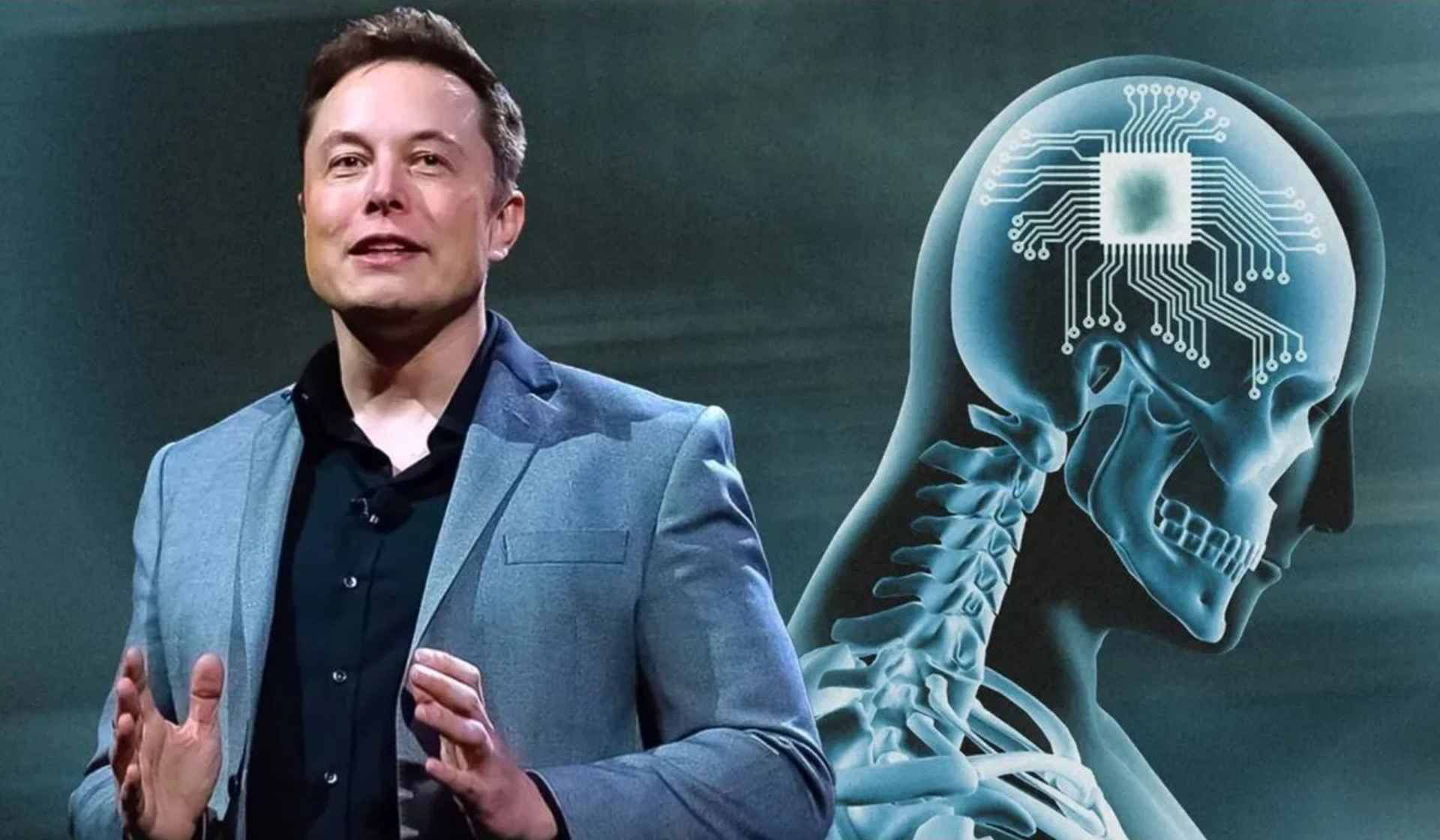
In an incredible breakthrough, Noland Arbaugh, a 30-year-old man from Yuma, Arizona, has become the first human recipient of Elon Musk’s Neuralink brain implant. This revolutionary technology allows him to control a computer using only his thoughts, marking a significant step forward for brain-computer interface (BCI) technology.
The Journey to Mind-Controlled Technology
Arbaugh was paralyzed in a swimming accident in 2016, leaving him dependent on others for daily tasks and limiting his ability to use computers. Previously, he could only control devices with mouth-controlled tools, which made technology use difficult and frustrating. In January 2024, Arbaugh underwent surgery to have the Neuralink N1 chip implanted into his brain. This chip, which is about the size of a coin, is equipped with 1,024 electrodes that detect electrical signals from the brain and convert them into computer commands.
Initially, the chip presented challenges. Arbaugh struggled to control the cursor, but after just two weeks, he was able to move the cursor by simply imagining his hand movements. This remarkable achievement allows him to perform tasks like playing chess, browsing the internet, and even playing video games—all without the use of his hands.
Neuralink Overcomes Early Challenges
Despite the progress, Neuralink encountered some technical challenges. During the process, engineers discovered that 85% of the implant’s threads had retracted due to the brain’s natural pulsing movements. Rather than performing another surgery, Neuralink adapted the software to read groups of neuron signals, allowing the chip to function despite these complications.
This development demonstrates the potential of Neuralink’s technology to offer individuals with disabilities a chance to regain more independence through advanced brain-machine interfaces. As a pioneer in this field, Elon Musk’s vision of mind-machine connections continues to push the boundaries of what is possible in neuroscience and human-computer interaction.
Musk’s Vision for a Mind-Machine Connection
The idea of connecting the brain directly to technology started in 2016 when Musk became frustrated with the slow pace of typing on his phone. This frustration sparked a new vision: a high-speed interface allowing thoughts to be transmitted directly into machines. Since then, Neuralink has worked tirelessly to bring this vision to life, developing a brain-computer interface capable of interpreting brain signals and translating them into meaningful actions. While this technology promises to revolutionize the way humans interact with machines, it has also raised concerns about privacy and the risks associated with accessing brain activity.
